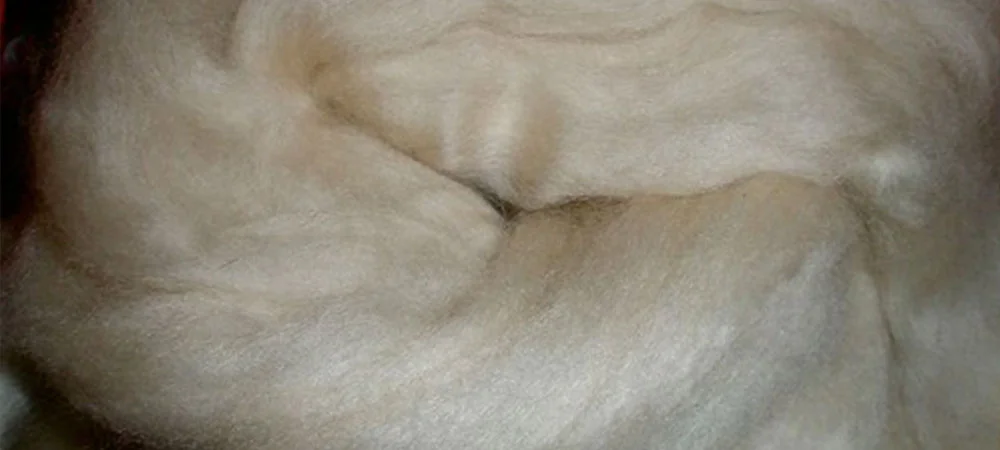What Is Cashmere? Exploring the Premium Material Loved by Fashion Experts
What Is Cashmere? Exploring the Premium Material Loved by Fashion Experts
Blog Article
Comprehending the Different Kinds of Cashmere an All-natural Fiber and Their Special Advantages

The Origins of Cashmere: A Historical Overview
While the glamorous touch of cashmere remains to charm modern customers, its origins map back to the severe, cold environments of Mongolia and the Himalayas. For centuries, the aboriginal peoples of these regions have actually been increasing Capra Hircus goats, the prime resource of cashmere wool. These goats, resistant against the severe winter seasons, expanded a great undercoat to make it through, which later became recognized as cashmere. The name itself pays homage to Kashmir, an area in India where the woollen was initially processed. Much of the early cashmere trade path was helped with by the Silk Roadway, attaching Asia with the Center East and Europe. In spite of its worldwide spread, the finest cashmere is still believed to stem from the original areas of Mongolia and the Himalayas.

The Production Refine: From Goat to Garment
Shearing a Capra Hircus goat notes the inception of the intricate cashmere production procedure. The resultant raw cashmere is then washed to remove pollutants such as dirt, oil, and vegetable issue.
The tidy fiber undergoes dyeing, spinning, and weaving, or knitting, to change it into a textile. Complicated treatments such as quality assurance checks and completing procedures follow, making sure completion item preserves the lavish criterion anticipated of cashmere. This painstaking process, from goat to garment, validates the high expense affixed to cashmere products, making them a symbol of luxury and improvement.
The Various Kinds Of Cashmere: An Extensive Analysis

The One-of-a-kind Benefits of Cashmere: Comfort and Sustainability
Relocating from the variety of cashmere types to the benefits they use, comfort and sustainability stand apart plainly. Cashmere, an all-natural fiber, is renowned for its unrivaled gentleness, offering a level of convenience that artificial fibers can't match. The material's agility, yet impressive heat retention, makes it ideal for all seasons. Additionally, cashmere's all-natural flexibility permits it to go back to its initial shape, making it resistant to reducing or stretching.
When it involves sustainability, cashmere is eco-friendly and sustainable, as it's gathered click now from cashmere goats that regrow their coats yearly. what is cashmere. Unlike synthetic fibers which can take hundreds of years to decompose, cashmere's influence on the setting is minimal. This mix of convenience and sustainability makes cashmere a beneficial selection for aware customers

Taking Care Of Your Cashmere: Maintenance and Preservation Tips
While cashmere is certainly a sustainable and lavish option, it calls for particular like keep its quality and extend its life-span. To start, cashmere need to be hand washed making use of chilly water and a light detergent. Prevent twisting or wringing the garment as it can damage Our site the fibers. Rather, delicately capture out excess water and lay it level on a towel to dry. Cashmere products must be saved in a cool and dry location, away from direct sunshine and moisture. Utilizing moth repellents can protect these garments from potential damages. It's a good idea to stay clear of hanging cashmere to protect against stretching. Rather, layer and shop them properly to keep their form and top quality gradually.
Purchasing Cashmere: Comprehending Its Value and Worth
Although cashmere might originally feel like a costly financial investment, its lasting worth and worth ended up being obvious when you consider its impressive top qualities. Understood for its unequaled gentleness and warmth, you could try here cashmere is a premium all-natural fiber that outmatches other products. Its high demand and minimal supply contribute to its high rate, however its toughness ensures it lasts for many years, using outstanding value for money. Cashmere items are ageless, frequently becoming antiques gave through generations. what is cashmere. Its natural shielding residential properties offer heat without the bulk of artificial fibers. Spending in cashmere, therefore, is not almost present fashion fads, however concerning welcoming a sustainable, durable, and extravagant lifestyle.
Conclusion
In recap, the kind of cashmere one picks, be it Mongolian, Chinese, or Italian, is determined by private preferences for heat, luxury, sustainability, and budget plan. Understanding the origins, production procedure, and special benefits of different kinds of cashmere can assist consumers in their investment in this glamorous natural fiber.
Whether it's the remarkable heat of Mongolian cashmere, the affordability of Chinese cashmere, or the eco-conscious manufacturing of Italian cashmere, there's a story to be discovered behind each fiber type. Cashmere, an all-natural fiber, is renowned for its unmatched gentleness, providing a degree of comfort that synthetic fibers can not match.When it comes to sustainability, cashmere is biodegradable and renewable, as it's collected from cashmere goats that regrow their coats annually. Recognized for its unparalleled soft qualities and warmth, cashmere is a costs natural fiber that exceeds other materials. Recognizing the beginnings, production procedure, and distinct benefits of various types of cashmere can lead customers in their investment in this lavish natural fiber.
Report this page